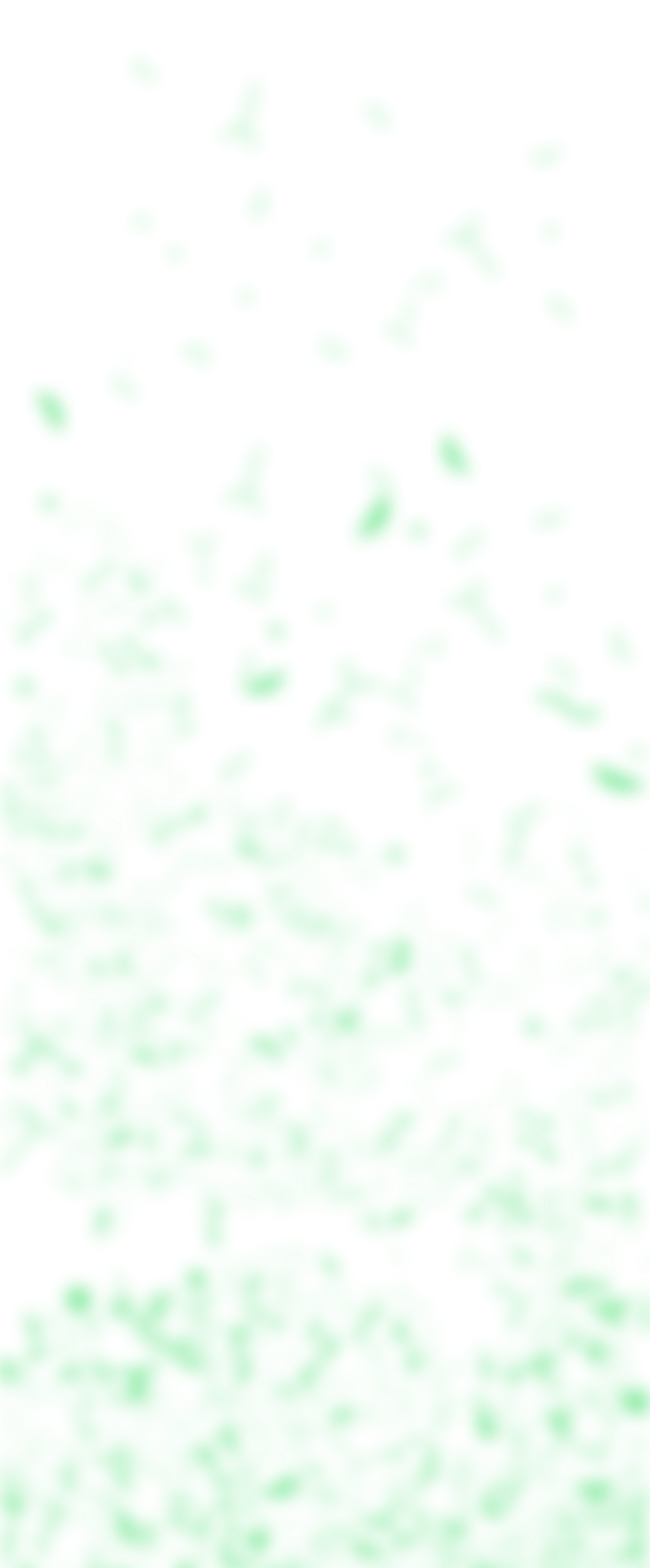
What if a building was explored as a psychological subject, with its own desires, hopes and fears? What if architecture was put on the couch to undergo psychoanalytical therapy? What if conscious and unconscious impulses and longings were uncovered?
Psychostructures is a conceptual art project and research initiative that seeks to understand and enhance our collective relationship with architecture. Bringing together psychology, psycho-social studies, conceptual art and architecture, we have developed innovative techniques that explore the psychology of buildings and the communities of users they serve. Architecture is entangled with bodies, objects and systems. There is a ‘futureality’ in our approach to architecture that speaks of kinship, solidarity and feeling with the material and non-human world.
‘We take vivid structures into our dreams and the unconscious that operates in the material realm of the built and the unconscious that organises each self, meet.’
Christopher Bollas
We specialise in psychological profiling of public and political buildings, seminal or extraordinary pieces of architecture, loved or unloved structures. We can focus on single buildings or generate a psychological profile of a city through its significant structures.
Our approach is psycho-social, working with inhabitants and diverse publics to understand the shared and individual psychological responses to architecture and exploring the affective conscious and unconscious qualities of the buildings themselves.
Our work can shift perceptions, vocalise dreams, give the building a voice, explore unknown-knowns, enhancing our entangled psychostructures.
Enter Psyche
Method Set
Our methods are derived from psycho-social, psychoanalytical, conceptual art and architectural research techniques. This forms a method set to explore buildings as psychological subjects. We work with organisations and use the set in a playful and thoughtful manner. It is simultaneously experimental and game-like. The method set is applied to a building and operationalised in a custom manner according to the conditions, the scope of the project and degree of access to the architecture and potential participants. Methods can be used in different combinations and sequences.
01
Psychodynamic Therapy
The architecture is ‘on the couch’ and in conversation with a psychotherapist through one or more humanstand-ins. The stand-ins may have different kinds of knowledge about the building, but all must consider the building as ‘I’ or ‘we’. The method can produce a deeper understanding of the architectural subject and therapeutic measures to affect change.
02
Family Tree for a Building
This constructs an entangled ‘family’ for the building of related architecture, objects, people and other animate and inanimate entities. It is generated through observation, archive research, interviews with occupants, expert historians and those with influence over the building through time. Understanding the building’s ancestors, descendants, lifespan and significant events, a psychological profile begins to emerge.
03
Deputised Object
These are physical objects generated from architectural motifs and psychological reading of the building being explored. They act as ‘deputies’ for the building, creating its presence within psycho-social and therapy sessions.The architectural objects are interactive and can be manipulated by participants and control spectral doubles as hauntings of the psyche.
04
Social Dreaming
Dreams reflect not only individual experiences, but also the experiences we share by being part of a wider, collective environment. Stimuli associated to a building may produce dreams related to its unconscious dimensions.The matrix invites participants to share their dreams, free associate to them and reflect on the psychostructures that emerge.
05
Days of Action
Days of Action addresses the building as a protagonistand negotiates it as an affective force. This methodemploys individual or collective movement andchoreography to explore physical, spatial, psychologicaland symbolic relations of ‘them’ and‘us’,‘I’ and‘we’.Participants gain new relations to their enclosures andeach other releasing spatial and social possibilities.
06
Visual Matrix
Source images of the building are shown to a group of participants who may be building users or strangers. The group is then invited to freely associate any feelings, images, stories, or experiences evoked. This psycho-social method, tuned to architecture, concludes with reflection on the associations elicited by the images and an uncovering of unconscious material released.
07
Social Photo Matrix
This psycho-social group process differs to the Visual Matrix in that it is based on photographs taken by people related to the building, who form the group of participants. The process of working with the photographs produced is similar to the Visual Matrix. The method is designed as an action research activity that uses the participants’ eyes, hearts and minds.









